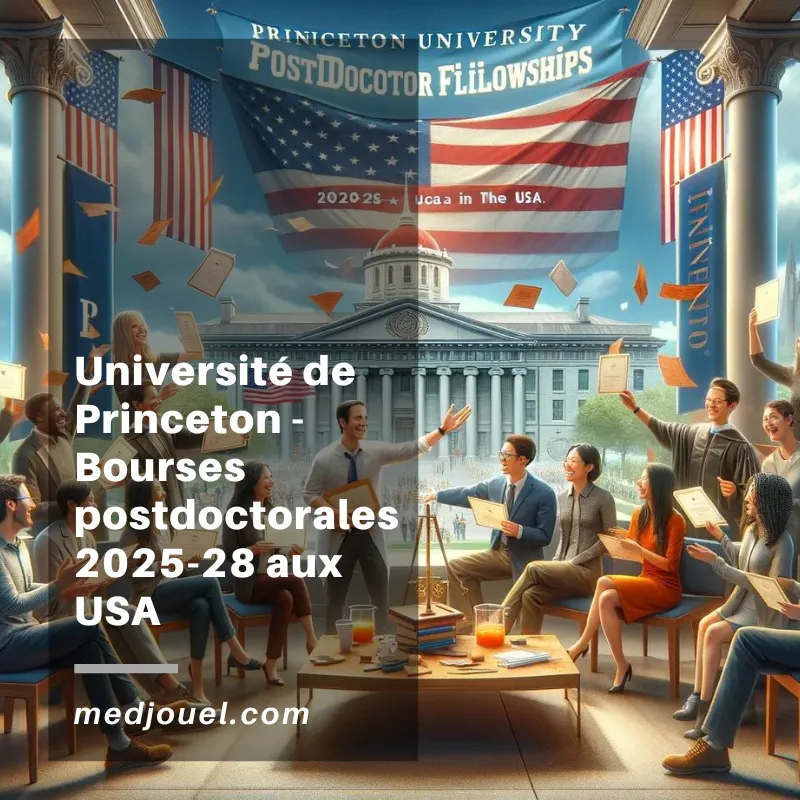Important dates
UPDATED DEADLINE!! All applications materials must be received by October 2, 2020. Finalist interviews will be conducted in January or February 2021. All candidates will be notified of the status of their application by January 31, 2021. Funds are available for Fellows to start anytime between March and September 2021.
About the Fellowship
The purpose of the David H. Smith Conservation Research Fellowship is: To create opportunities for leading conservation scientists to strengthen their skills through two years of applied post-doctoral research, supplemented by training programs, peer networking, and field learning experiences; so that they may: 1. Build productive partnerships with conservation practitioners; and 2. Contribute and communicate scientific knowledge to problems of critical importance in conservation.
The focus of Smith Fellows’ research and activities should be characterized by:
- Cutting edge research in conservation science;
- Defining frontiers and leading the future of conservation science;
- Developing the future world leaders in conservation research and application through training and mentorship;
- Building coalitions of organizations and partnerships to support conservation science;
- Supporting and encouraging high-potential individuals to accept risk as a component of change and leadership and thus make significant change in the world.
These Fellowships provide support for outstanding early-career scientists from around the globe based at a United States institution to improve and expand their research skills while directing their efforts towards problems of pressing conservation concern for the United States. Individuals who want to better link conservation science and theory with policy and management are encouraged to apply. We envision that the cadre of scientists supported by the Smith Fellows Program will eventually assume leadership positions across the field of conservation science. The Program is funded by the Cedar Tree Foundation, founded by Dr. David H. Smith, and administered by the Society For Conservation Biology. The Smith Fellows Program and its administrative host, the Society for Conservation Biology, are committed to equity, inclusion and diversity and invites individuals who bring a diversity of culture, experience and ideas to apply.
Smith Fellows are awarded two years of support for applied research in the field of conservation science and closely related fields. Research approaches may include comparative studies, synthetic analyses across sites, experimentation or observational studies, applied modeling, or any combination. Proposed research may include intensive work at one site, work at multiple sites, or comparative evaluations of studies by other scientists across many sites. In all cases, the central questions of the inquiry must be clearly articulated. Proposed study sites must be noted; an explanation of how the results will inform conservation practice is required.
Each Fellow is mentored by; 1) an academic mentor, typically at an academic institution, who encourages the Fellow’s continued academic development, and 2) a field or practitioner mentor who helps the Fellow connect her/his research to practical conservation challenges. The practitioner mentor is typically affiliated with a conservation organization (government agency, non-governmental organization, or other non-academic conservation organization) with expertise and experience in “on-the-ground” application of conservation science. Fellows may be administratively based at either the sponsoring academic institution or conservation organization, typically the location of either the academic or practitioner mentor. We encourage applicants to explore both options to determine which would be more suitable to the proposed research and beneficial to their continued development as a scientist.
To be eligible individuals must have completed their doctorate within the past five years or by the time the award is made in 2021 (September 2021 latest). Applicants who have not yet completed their doctorate must clearly indicate on the application the date the degree is expected.
The Fellowship funders require that the Fellowship be administered by a U.S. based institution and that the research have relevance to conservation in the U.S. However, U.S. citizenship is not required.
Each Fellow will receive an annual salary of $59,000 plus benefits, with the post-doctoral position expected to run for two consecutive years. In addition to the stipend, each Fellow receives a travel budget of $8,000 and a research fund of $32,000 over the 2-year fellowship period.
Fellows will spend up to three weeks per year during their fellowship attending Program-sponsored professional development retreats each year. These retreats provide opportunities to cultivate skills typically not covered during their academic education including: leadership, communications, professional and funder networks, and to gain better understanding of policy-making and application of research. Fellows are expected to pursue their research outlined in their proposal on a full-time basis.
Fellows are employed either by their sponsoring academic institution or conservation organization, typically the location of either their academic or practitioner mentor. The Program will provide up to 5% of the total direct costs as overhead reimbursement to the host organization. Second-year renewal of the fellowship is contingent upon satisfactory progress (including but not limited to participation in Program sponsored retreats) as well as timely completion of first-year activity and financial reports.
All materials must be submitted electronically on our online submission platform: apply.smithfellows.org. All files should be uploaded in PDF or MS Word format.
The research plan (excluding literature cited) must not under any circumstances exceed 8 pages. Font size must be at least 11 point; margins must be at least 2.5 cm; line spacing must be at least 1.5. The cover letter, title page, literature cited, personal statement, and curriculum vitae are not included in the 8-page limit for the research plan. Deviations from these requirements may be grounds for disqualification.
- Cover letter: Applicants should provide a compelling narrative of her/his interest in conservation, evidence of leadership and innovation, and how the fellowship could facilitate a unique and interdisciplinary plan for professional development. Applicants should not use cover letters to restate or extend material presented in the proposal, personal statement, and vita. Thoughtful, well-crafted cover letters improve the likelihood that competitive proposals will be identified during the initial stages of proposal evaluation.
- Research Plan: The 8-page research plan should include the following:
- Title Page (not included in 8 page limit): Include applicant’s name, contact information, project title, academic mentor and research institution, conservation practitioner mentor and institution, reference names and institutions,
- abstract,
- background section,
- statement of objectives,
- approaches and methods,
- anticipated results,
- research schedule,
- relevance to conservation science and practice
- Applicant’s Curriculum Vitae.
- Personal Statement: Please address the following questions (<200 words each):
- How have your life experiences uniquely positioned you to contribute to the diversity of perspectives in conservation and the goal of broadening participation in the field of conservation?
- The David H. Smith Conservation Research Fellowship Program seeks to develop future world leaders and entrepreneurs who are successful at linking conservation science and application. How do you define leadership and how do you envision yourself as a world leader and entrepreneur in the field of conservation?
- Which conservation policymaker(s) (e.g. federal/state/local legislators or agencies) will be interested in your research and how will they use it? Describe your proposed research and its potential application as though you were communicating directly with them.
- Given the uncertainty surrounding COVID-19, please provide a very brief summary of scenarios that could impact your proposed research and the contingencies you’ve considered, if any.
- Letters (Updated!!):
- Two (2) letters of reference addressing the merits of the candidate and the candidate’s proposal. Letters should be written by individuals familiar with the applicant’s skills, experience, and research. Letters should emphasize the qualifications of the applicant, in particular any unique abilities to contribute significantly to conservation science and practice. Each letter writer must submit an electronic copy of their letter via our online submission platform. Applicants may NOT upload these letters directly – the system will send each letter writer a link through which they will be able to upload their letter. It is the responsibility of the applicant to ensure that reference letters are submitted by the deadline – you will not be able to submit your final proposal without having all of your reference letters filed before the deadline. Request these letters early!
- Academic Mentor and Conservation Practitioner Mentor Letters: Letters from the academic and practitioner mentors expressing their commitment to support the applicant’s research and to encourage their professional development as a conservation scientist. Fellows may be administratively and/or physically based (“sponsored”) at either the academic or practitioner mentor’s institution. The sponsor’s letter should verify the availability of laboratory/office space, other relevant institutional resources, and describe how the applicant’s research relates to the sponsor’s ongoing endeavors. These may be uploaded to the online submission platform directly by the applicant.
- Academic and Practitioner Mentors’ Abbreviated Curriculum Vitae: A 2-page version of the sponsoring scientist’s CV (similar to that required by NSF).
To be clear, applicants may have more than one academic or practitioner mentor, however, support letters are not required. In order to alleviate the burden on both applicants AND reviewers, only four letters (two reference, two mentors) are able to be uploaded to the online submission platform. If you feel strongly you would like all mentors to provide letters, it is suggested that mentors could write joint letters or a mentor could provide one of the reference letters, so long as no more than four letters total are associated with any applicant.
6. Indirect cost and equipment waiver/Benefits rate information: A letter verifying that the sponsoring institution will waive indirect costs in excess of 5% and comply with the Smith Program’s policy that all equipment purchased with Smith Fellowship funds remains property of the Fellow and will follow the Fellow to his/her next institution at the conclusion of the fellowship. The institution should also note its benefits rate for postdoctoral researchers. This item may be uploaded by the applicant directly to the online submission platform. For 2021, the indirect cost waiver will only be required of the 8 finalists to be submitted later. It is not required of all applicants at the time of initial submission!
Deadlines and Contact Information
All application materials, including letters from sponsors and references, must be received by Society for Conservation Biology via the online submission platform by 5pm EST on October 2, 2020. The review process begins immediately after this date. There are no extensions to this deadline and incomplete applications may be disqualified. Questions about the application process may be directed to the Smith Fellows Program at smithinfo@smithfellows.org.
Selection Criteria, Process, and Notification
Fellows are selected according to four criteria: 1) professional record, 2) perceived potential for innovation and leadership, 3) commitment to conservation, and 4) the strength of their proposal. An ideal Smith Fellow is an innovative, practical-minded researcher with strong leadership potential. They will have excellent communication skills and a keen interest in applied research that improves conservation practice. The ideal proposal will clearly articulate concepts and objectives that are both innovative and feasible.
Proposal evaluation will emphasize clarity of thought and evidence of leadership potential. A broad spectrum of external research scientists and other conservation professionals initially conduct written reviews of all applications. A separately convened review panel selects a pool of semi-finalists deemed eligible for interviews. Personal interviews are then conducted before making the final selection.
Current Smith Fellows and alumni understand that they may be contacted by applicants with questions about their experience with the Fellowship and/or application process. Fellows will reply to such requests as they are able.
All candidates will be notified of the status of their application by January 31, 2021. Because of staff limitations we are unable to provide a written critique of proposals. Funds are available for Fellows to start between 1 March and 1 September 2021 at the Fellow’s discretion.



Comments are closed.